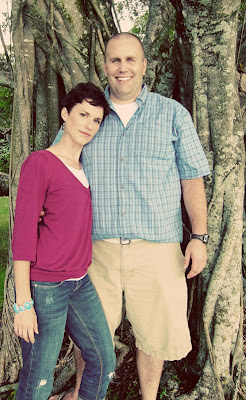Burnout is defined in many ways. The following examples, by leading researchers in the field, are probably the most widely accepted:
-
- Burnout: to deplete oneself. To exhaust one's physical and mental resources. To wear oneself out by excessively striving to reach some unrealistic expectation imposed by oneself or by the values of society. 1
- . . . burnout is a process that begins with excessive and prolonged levels of job stress. The stress produces strain in the worker (feelings of tension, irritability and fatigue). The process is completed when the worker defensively copes with the job and becomes apathetic, cynical or rigid. 2
- Burnout is a syndrome of emotional exhaustion, depersonalization, and reduced personal accomplishment that can occur among individuals who do "people work" of some kind. 3
The array of symptoms associated with burnout is extensive. Table 1 indicates some symptoms that have been identified in people classified as "burned out." These symptoms/characteristics are classified as physical, psychological, or behavioral. Physical symptoms are characterized by actual changes in physiological body functions. Psychological symptoms show themselves in the attitudes and feelings of the individual. Behavioral symptoms reflect those actions or behaviors manifested as a result of burnout.4
Although not every individual exhibits the same symptoms, some symptoms found in the research literature are: (1) low job performance/low job satisfaction, (2) physical exhaustion/fatigue, (3) rigidity to change/loss of flexibility, (4) decreased communication/withdrawal, (5) physical symptoms, (6) apathy/ loss of concern, (7) cynicism, and (8) emotional exhaustion.5
| ||||||||||||||||||||||||||||||||||||||||||||||||||||||||||||||||||||||||||||||||||||||||||||||||||||||
The model in Table 2 summarizes the burnout process. Individuals bring their own personalities, self-concepts, goals, ideals, and levels of commitment to the work situation. They also come with some idea of how to respond to stress. The environment applies stress to the individual both inside and outside the work setting. It then becomes necessary to handle this stress through some type of coping mechanism. Individuals will be able to dissipate some or all of the stress at this point by means of personal or organizational strategies. Osipow and Spokane indicate that:
-
- Stress becomes negative, resulting in strain, if the individual is not able to deal (cope) with stress well and restore stability. Prolonged instability, or intense and extreme instability, is likely to produce negative results.6
One of these negative results is burnout.
| ||||||||||||||||||||||||||||||||||||














































